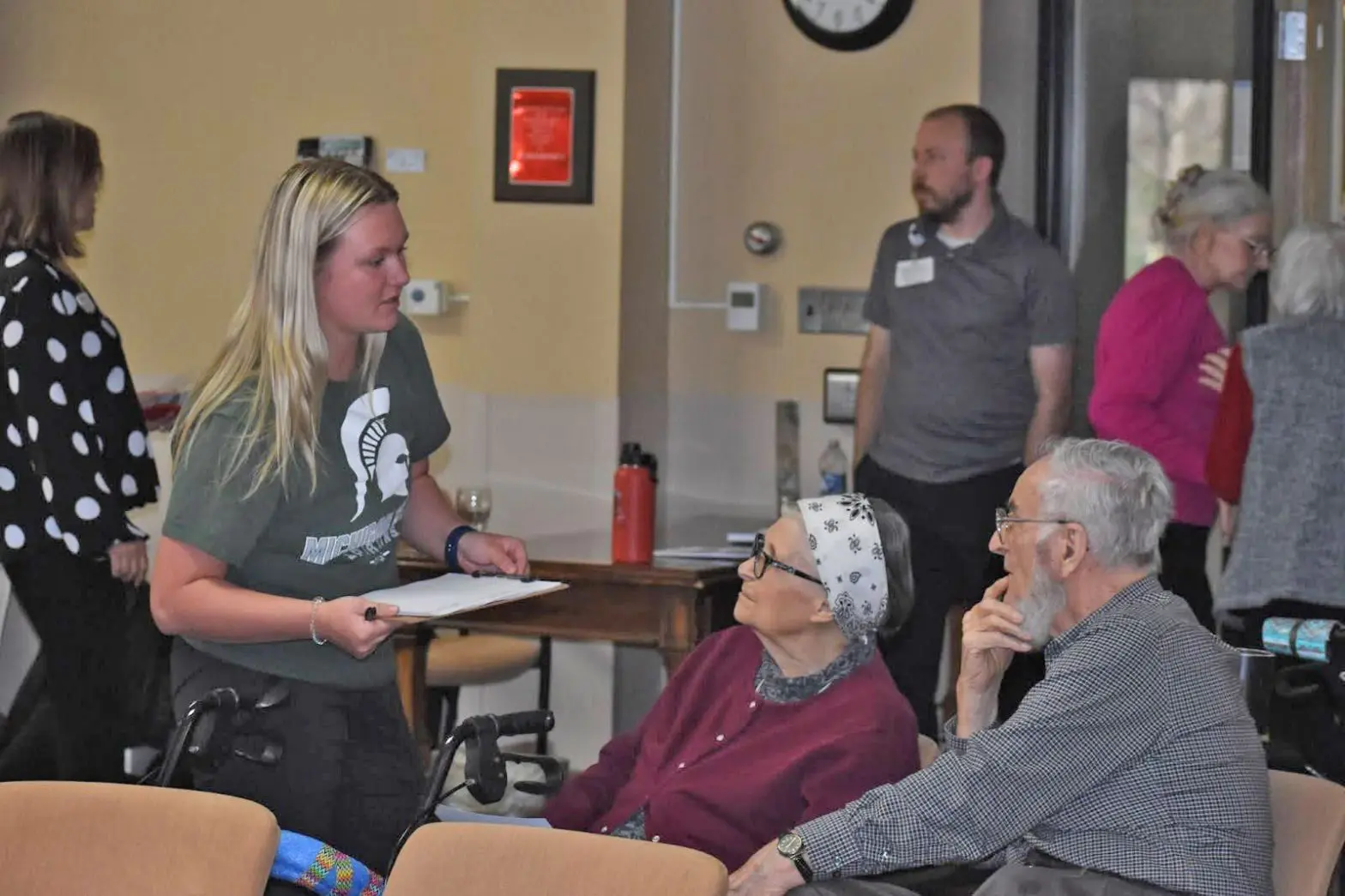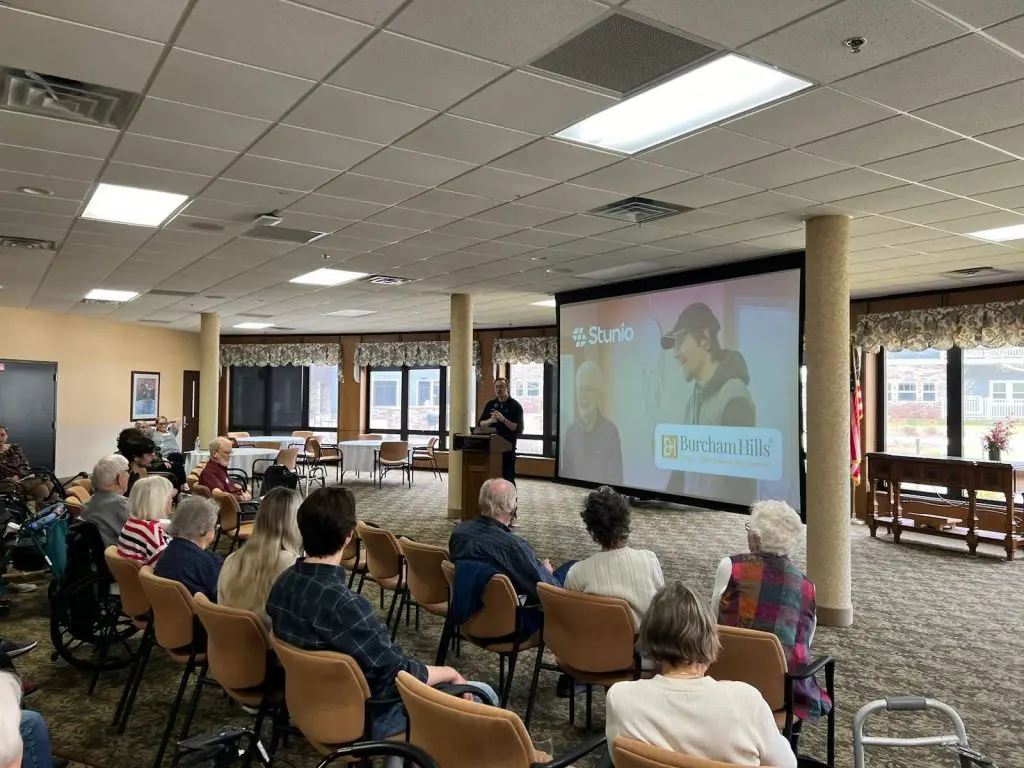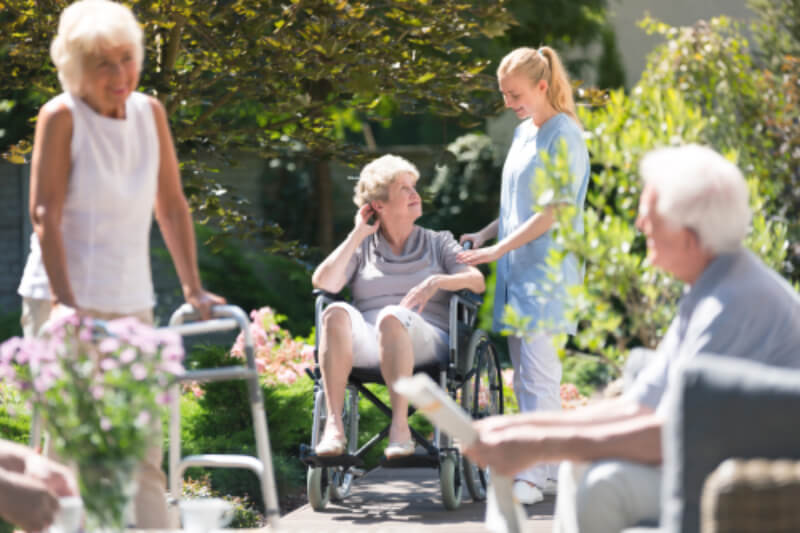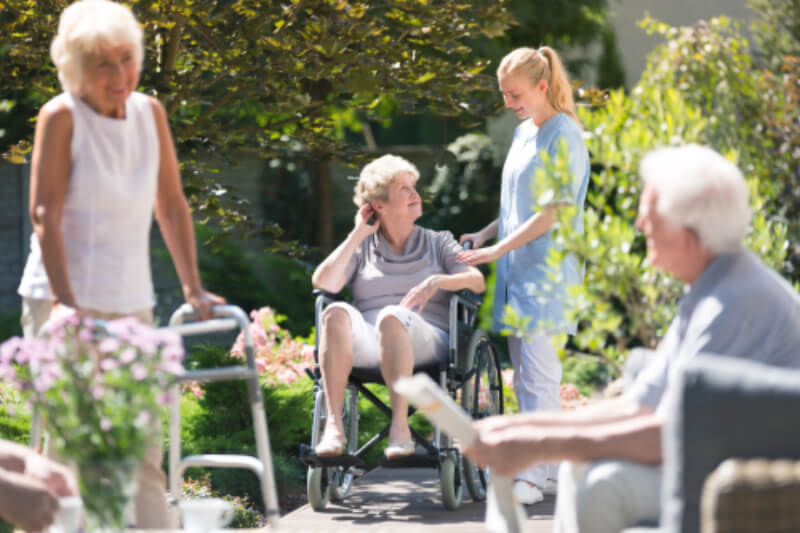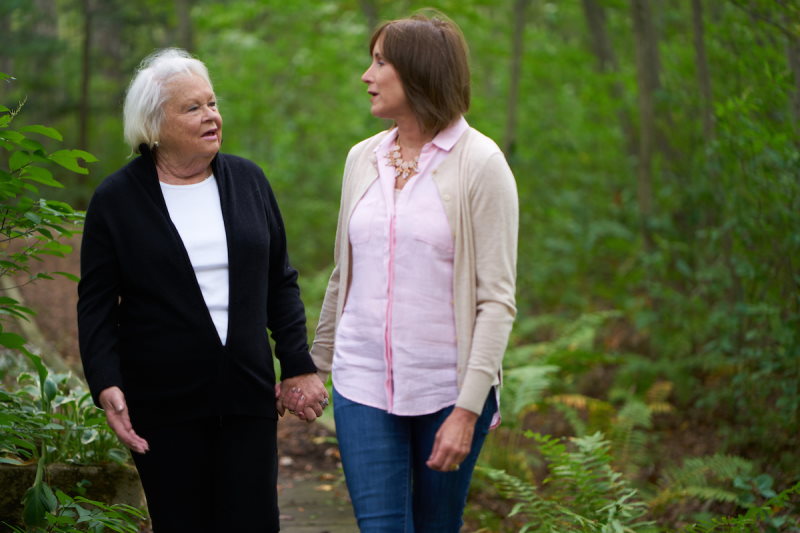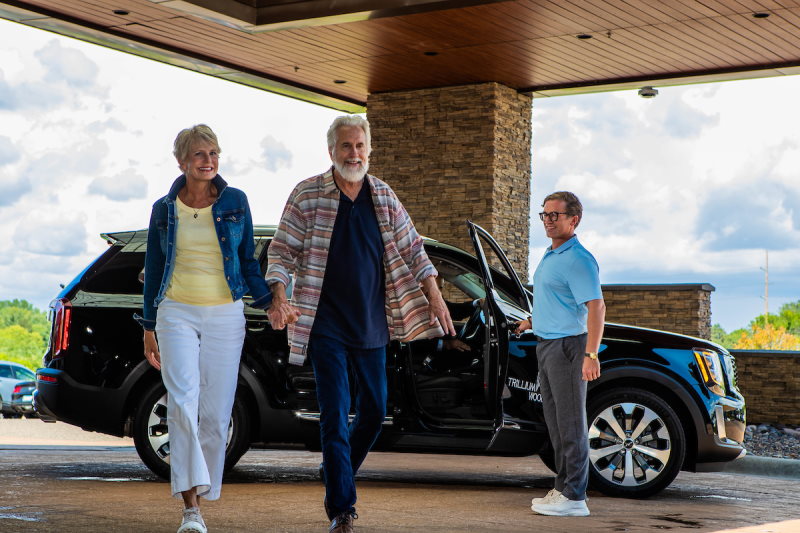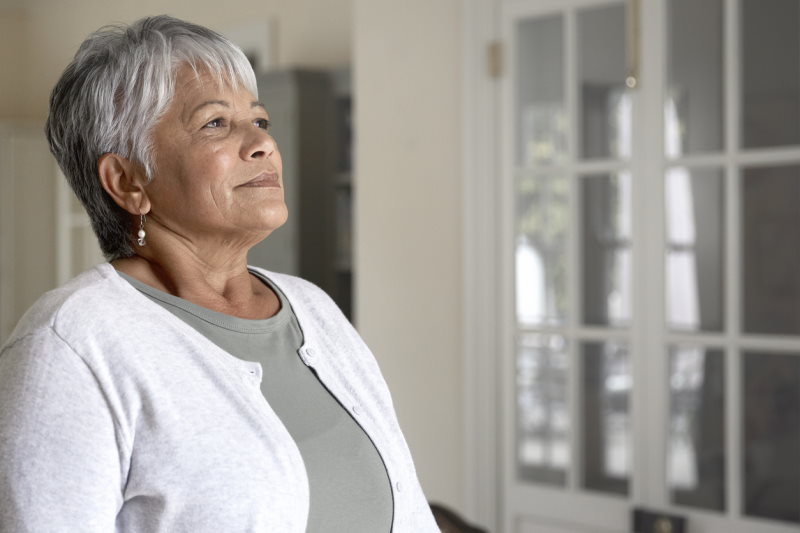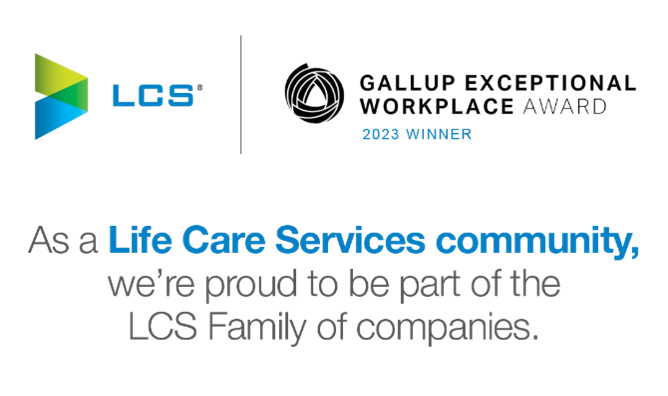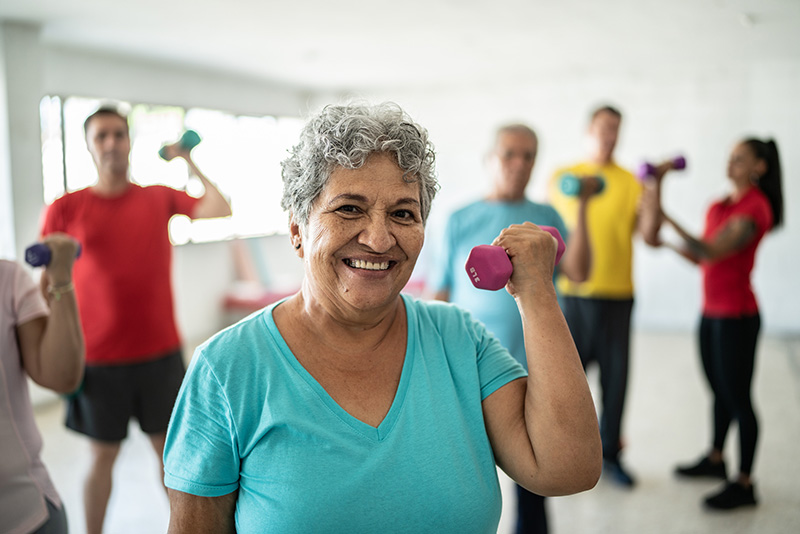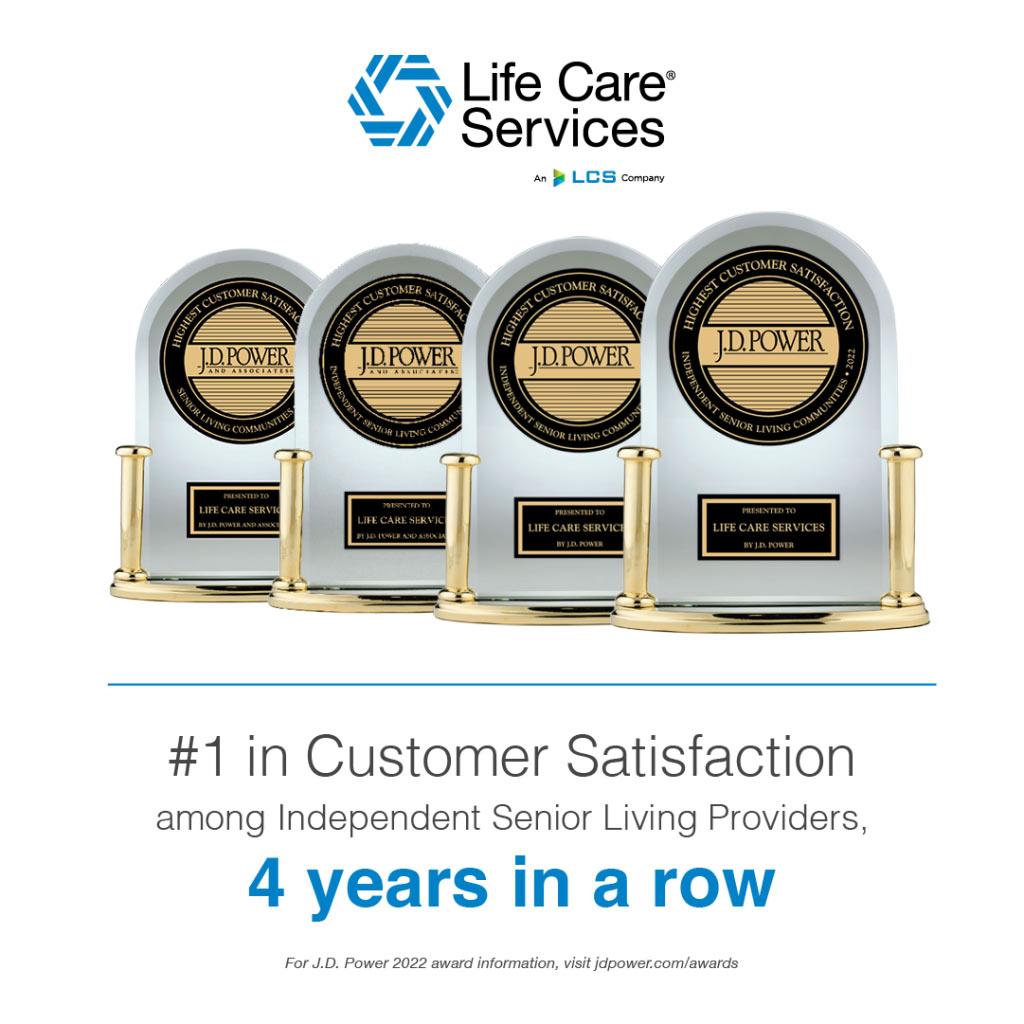On Thursday, April 25, 2024 Burcham Hills Retirement Community commemorated 50 years of service to the community with a festive celebration to recognize their half-century of impactful work.

The theme of the celebration was “Where Tradition Meets Tomorrow,” which paid homage to the community’s roots as well as its impressive advances over the years. The event featured entertainment, delicious food and drinks, and an interactive community art piece, where the wingspan of attendees was measured with yarn and is now being woven together into a textile to be dedicated at the community’s annual art walk in June.
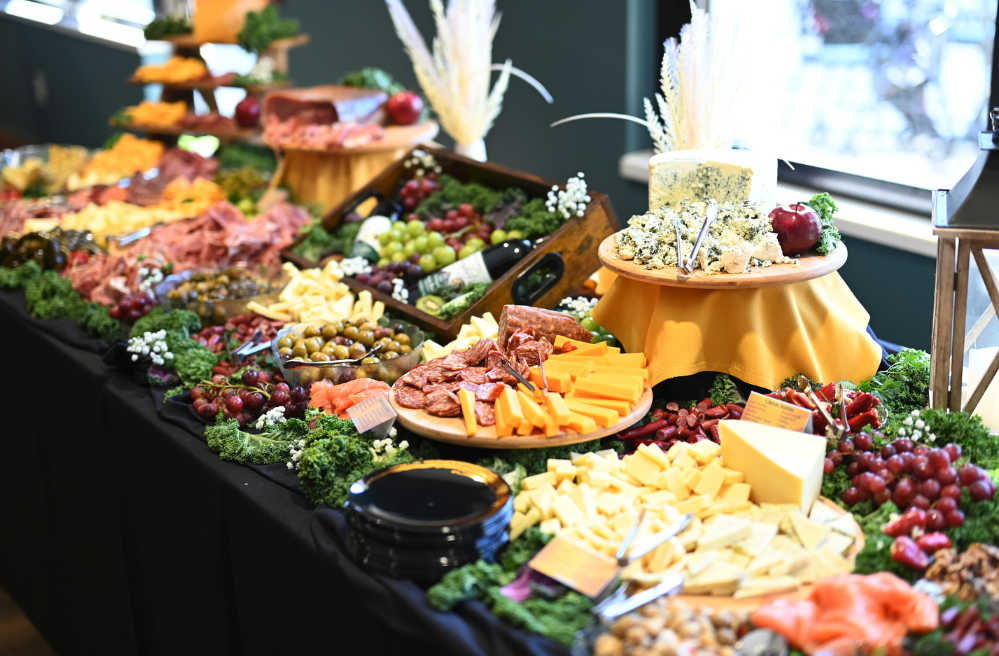
Since the community has a long-standing relationship with Michigan State University, Sparty the Mascot was also present at the event. The original person to portray Sparty now lives at the Burcham Hills community. The Christman Company, the construction company that built the community 50 years ago, served as the presenting sponsor for the event.
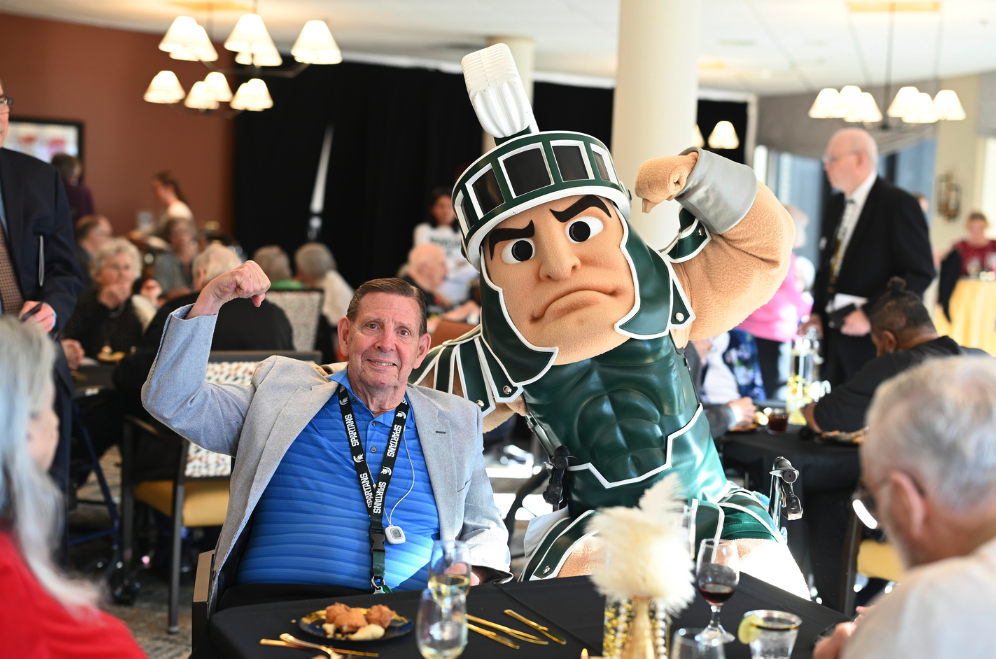
“This is a celebration of who we are as a community as a whole – from our residents to our team members,” shares Kari Rennie, executive director of Burcham Hills. “Our longest-tenured employee, Dave Oxendale, has been with us for 46 years! We also have legacy residents who live here because family members before them called Burcham Hills home. We’ve grown so much over the years and have such a rich history.”
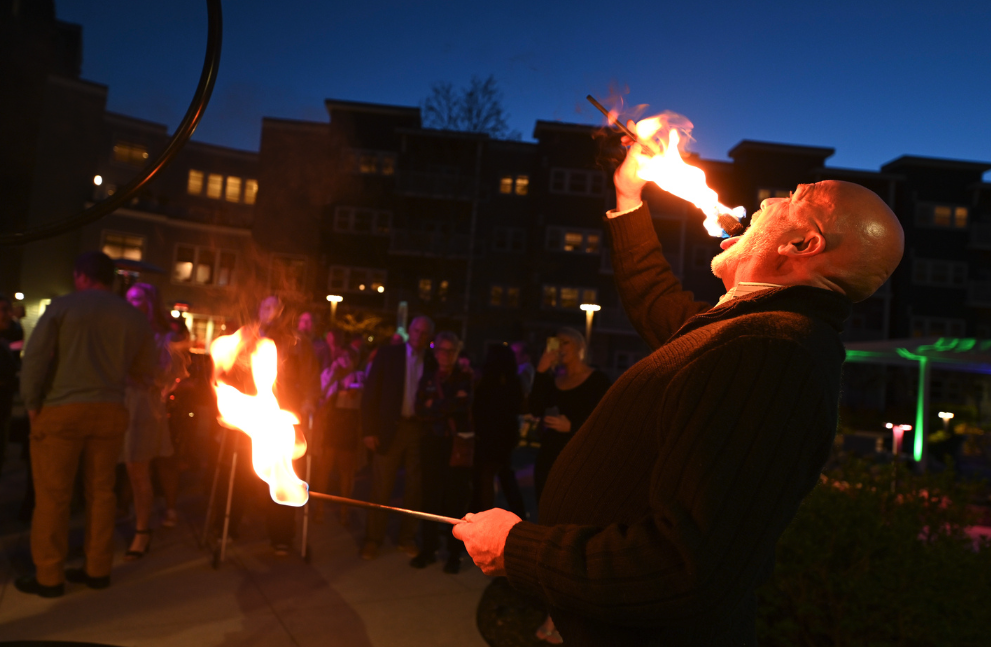
The celebration, which lasted into the evening, reminds all of us the power of community and connectedness, which is found in the welcoming environment created by Burcham Hills. Here’s to another 50 years! Contact us today to learn more and schedule a visit.
Photo credit: McShane Photography


